It's Not Just My Imagination
bearstate
16 years ago
Related Stories

FUN HOUZZWhat Could You Imagine With Lego's New Architecture Kit?
Go ahead, toy around with wild building ideas. With 1,210 all-white blocks at your disposal, it's OK to think big
Full Story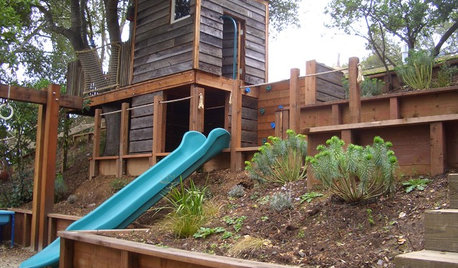
KIDS’ SPACES8 Outdoor Playspace Ideas to Nurture Kids' Imaginations
Can the call of the wild beat out the call of the TV this summer? With these ideas for encouraging exploration, the game is on
Full Story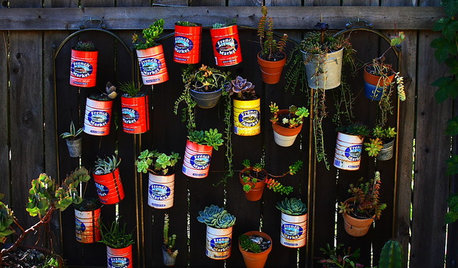
GARDENING AND LANDSCAPING10 Imaginative Garden Ideas
Create a perfect corner in your garden with little more than a weekend and some imagination
Full Story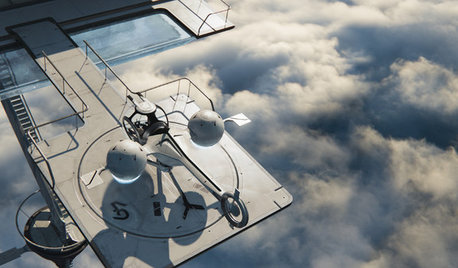
ARCHITECTUREGlimpse Design's Imagined Future in 'Oblivion'
Postapocalyptic living spaces in the clouds take flight with midcentury modern influences in Tom Cruise's latest movie
Full Story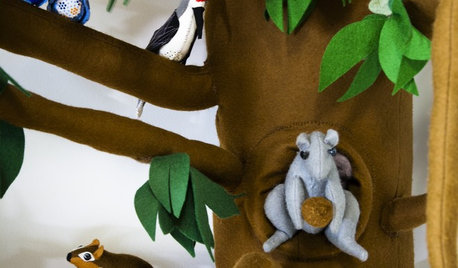
KIDS’ SPACESAn Enchanted Woodlands Playroom Roots for Imagination
Beguiling and creative, this storybook playspace in a Brooklyn brownstone is right out of a child's dream
Full Story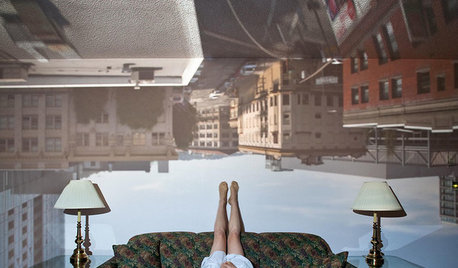
ARTBring In a View Like You’ve Never Imagined
See how art photographers turn a plain white wall into a magical window with a centuries-old camera technique — and how you could try it too
Full Story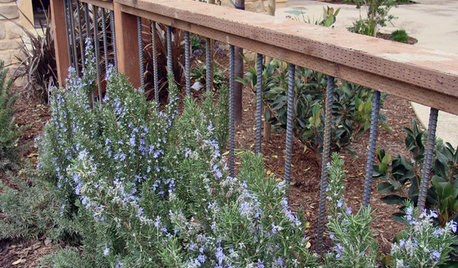
INDUSTRIAL STYLE9 Imaginative Ideas for Industrial Rebar in the Garden
Inexpensive and unexpected, steel bar from any big-box hardware store can give your landscape an edgier look
Full Story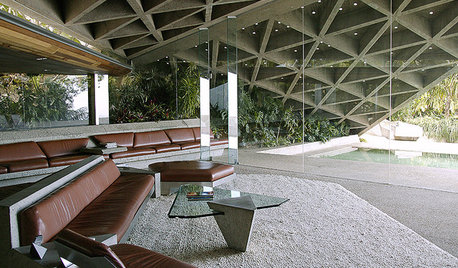
THE ART OF ARCHITECTURE8 Wonders of Imagination in Architecture
Explore what's possible when a soaring architectural vision has a chance to fly
Full Story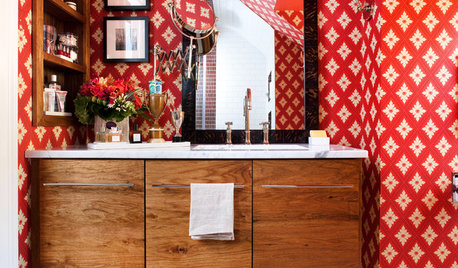
BATHROOM DESIGN5 Small Bathrooms That Stretch Design Imagination
See how bathroom designers expanded the possibilities with fearless patterns, joyful accessories and smart space-saving solutions
Full Story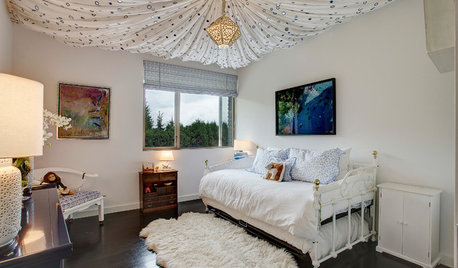
KIDS’ SPACES8 Dreamy Kids’ Bedroom Ceilings to Stir Imagination
Make your child’s room a magical place with a ceiling that could be a home to unicorns, UFOs and more
Full Story





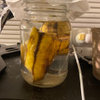

islandbreeze
bearstateOriginal Author
Related Professionals
Otsego Landscape Architects & Landscape Designers · Dickinson Landscape Contractors · Flagstaff Landscape Contractors · Hampton Bays Landscape Contractors · La Verne Landscape Contractors · North Canton Landscape Contractors · Pompton Lakes Landscape Contractors · Siloam Springs Landscape Contractors · Soddy Daisy Landscape Contractors · West Orange Landscape Contractors · Northlake Landscape Contractors · Hicksville Roofing & Gutters · Manchester Roofing & Gutters · Robbinsdale Roofing & Gutters · SeaTac Roofing & GuttersbearstateOriginal Author
hueytlatoani
bearstateOriginal Author
bearstateOriginal Author
momo1
bearstateOriginal Author
hueytlatoani
bearstateOriginal Author